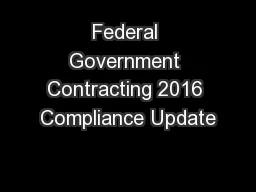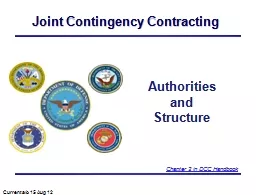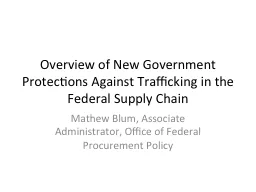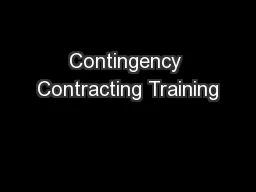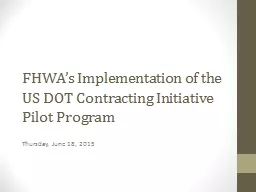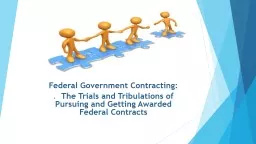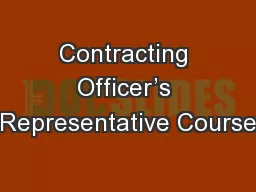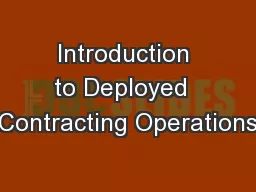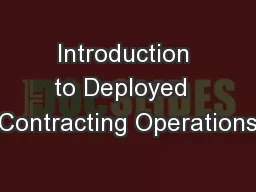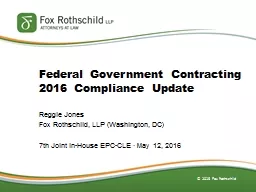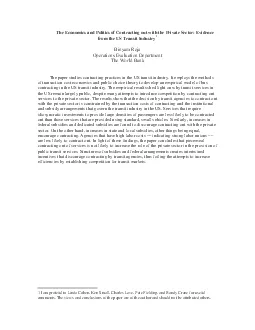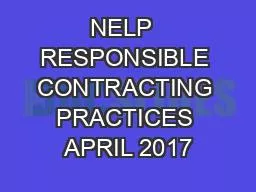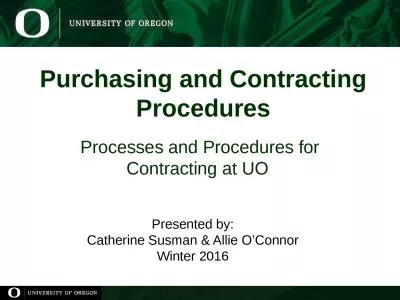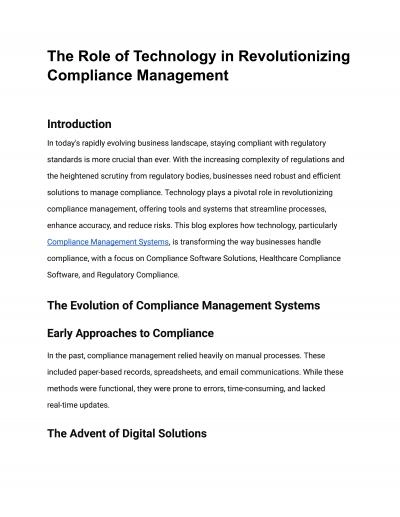PPT-Federal Government Contracting 2016 Compliance Update
Author : yoshiko-marsland | Published Date : 2017-04-21
Reggie Jones Fox Rothschild LLP Washington DC 7th Joint InHouse EPCCLE May 12 2016 The Federal Compliance Requirements Are Piling Up amp They Are Onerous On
Presentation Embed Code
Download Presentation
Download Presentation The PPT/PDF document "Federal Government Contracting 2016 Comp..." is the property of its rightful owner. Permission is granted to download and print the materials on this website for personal, non-commercial use only, and to display it on your personal computer provided you do not modify the materials and that you retain all copyright notices contained in the materials. By downloading content from our website, you accept the terms of this agreement.
Federal Government Contracting 2016 Compliance Update: Transcript
Download Rules Of Document
"Federal Government Contracting 2016 Compliance Update"The content belongs to its owner. You may download and print it for personal use, without modification, and keep all copyright notices. By downloading, you agree to these terms.
Related Documents

